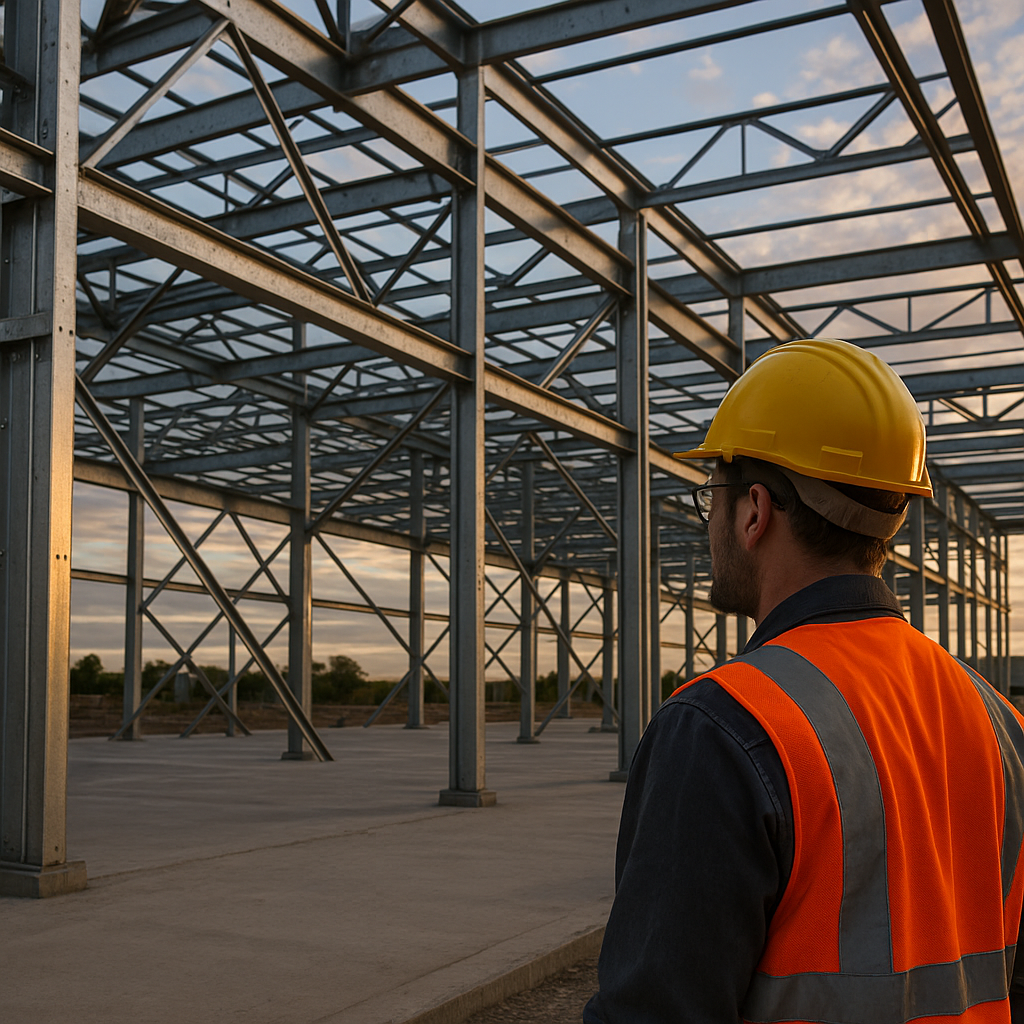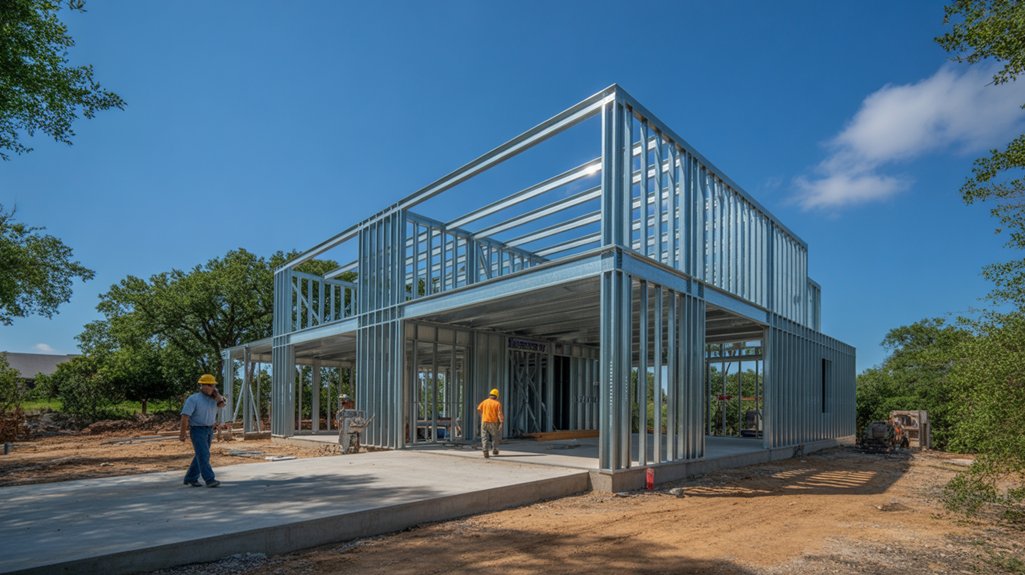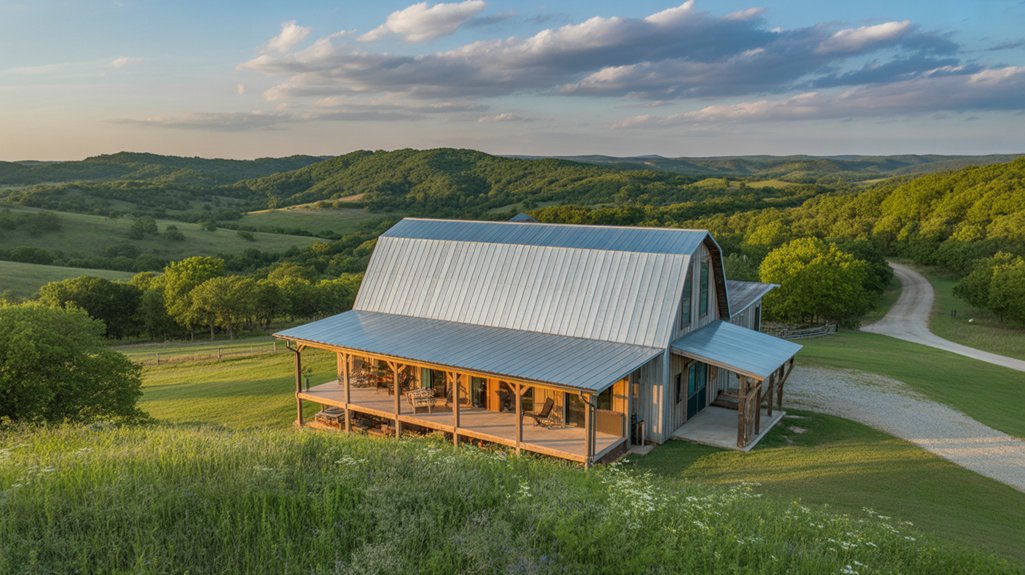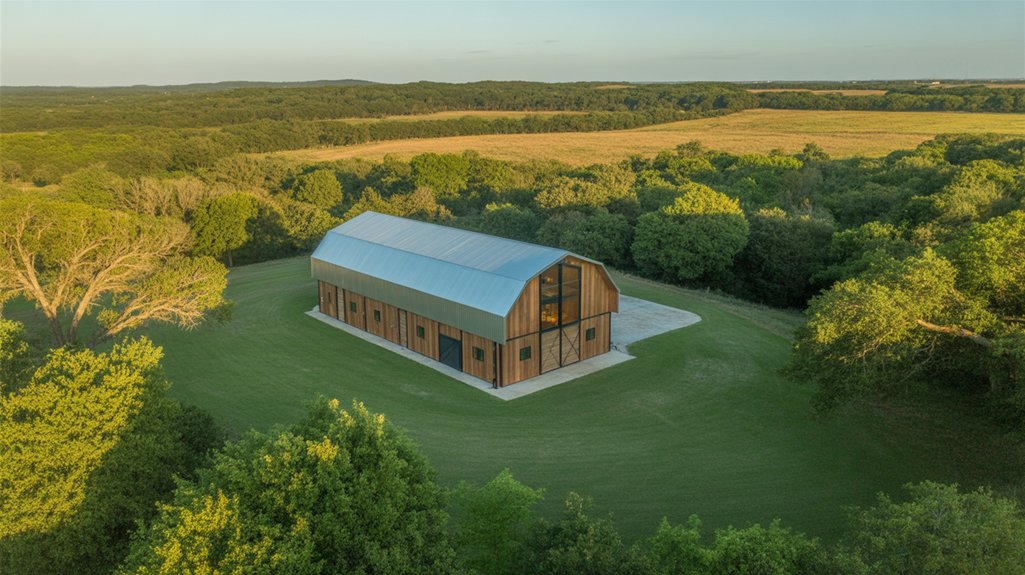As you explore the evolution of steel buildings, you’ll uncover how early innovations laid the foundation for today’s architectural icons. From 19th-century frameworks to modern skyscrapers and sustainable structures, each era has pushed boundaries in design, durability, and engineering. Let’s look at how this journey continues to shape the future of construction.
Key Takeaways
- Steel construction began in the 1800s and laid the groundwork for today’s modern buildings
- Skyscrapers redefined urban planning by enabling vertical living and space efficiency
- Technological breakthroughs improved strength, reduced weight, and optimized performance
- Modern aesthetics blend minimalist design with cutting-edge engineering
- Sustainability is now a core focus, including recycled materials and energy efficiency
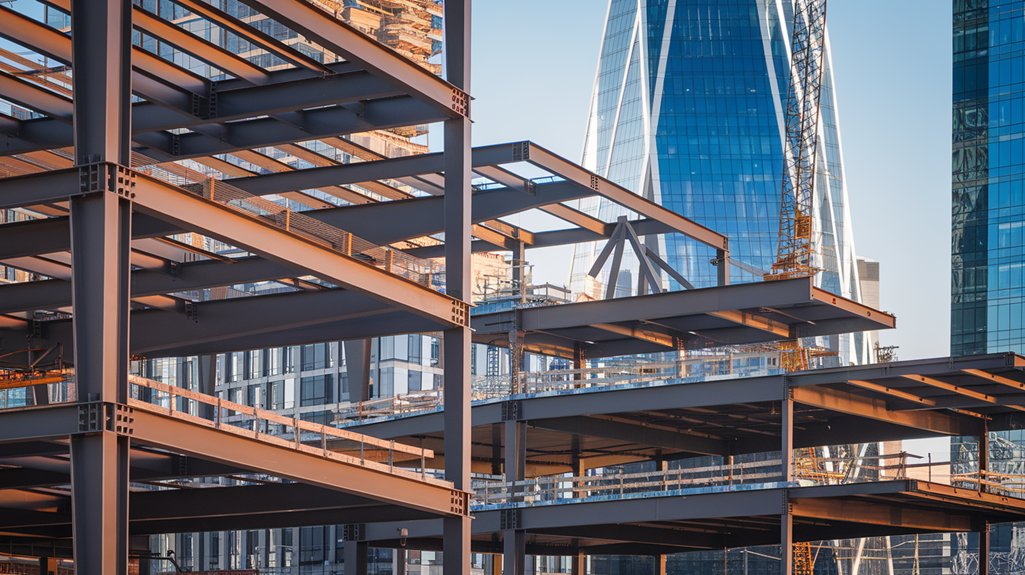
The Birth of Steel Construction: Early Innovations
In the 19th century, architects began experimenting with steel alloys to enhance durability and span longer distances. This marked the first major shift in how we approached large-scale construction. Structural steel made it possible to build stronger frameworks with fewer materials—a practice still relevant today.
The Rise of Skyscrapers: Urban Impact
The rise in population density spurred the vertical expansion of cities. Steel enabled taller buildings, which in turn allowed for more homes and offices per square foot of land. Iconic skylines were born, and the concept of vertical living was normalized.
Why Skyscrapers Matter:
- Maximized use of limited urban land
- Created self-contained communities in towers
- Established new architectural standards
Technological Advancements in Steel Design
From smart materials to AI-driven design software, the evolution of steel buildings has been driven by technology. Lightweight steel frames now offer the same strength at half the weight. Simulation tools allow engineers to test designs before breaking ground, optimizing safety and efficiency.
Explore modern steel systems in this detailed resource from the NIBS.
Modern Aesthetics in Steel Architecture
Today’s steel buildings are no longer just about structure—they’re about visual appeal too. From minimalist lines to innovative facades, steel is now a canvas for artistic architecture.
- Minimalism: Clean lines and open space
- Biophilic Design: Incorporating nature into steel spaces
- Industrial Chic: Merging raw materials with modern elegance
Sustainability: The Green Revolution in Steel
Recycled steel and energy-efficient building methods are now standard practice. Green certifications and net-zero buildings are no longer futuristic—they’re current standards in the industry. Construction waste is reduced, lifecycle impact is tracked, and energy performance is optimized.
Builders are using smarter layouts, eco-conscious sourcing, and modular approaches to reduce both carbon footprint and construction timelines.
The Future of Steel Buildings
The evolution of steel buildings doesn’t stop here. Here are key future trends:
- Smart Materials: Adaptive to temperature and stress
- Modular Prefab: Faster construction, less waste
- Robotic Construction: Automated precision builds
- Vertical Expansion: More height, more density, less land use
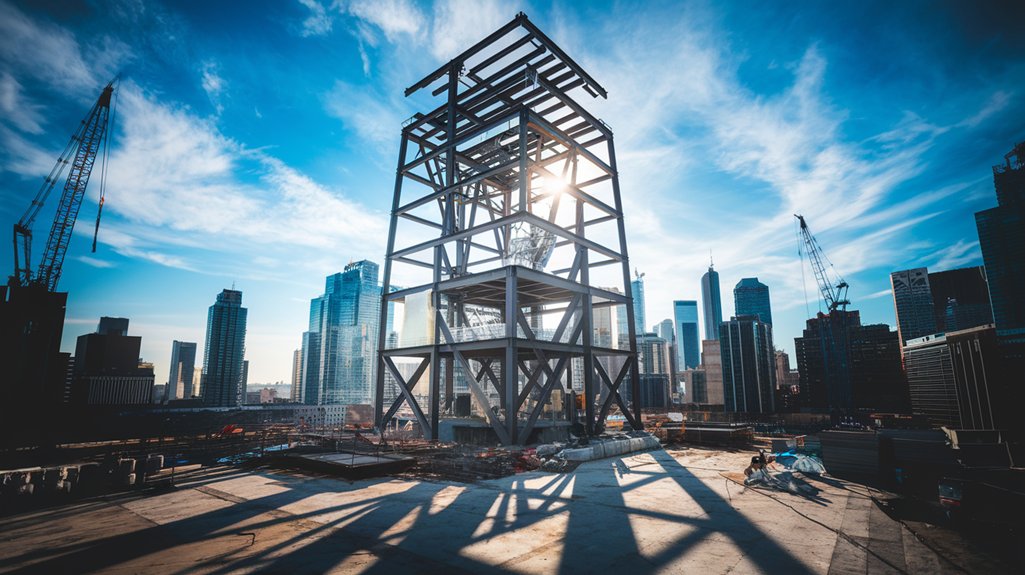
Frequently Asked Questions
What Are the Primary Materials in Modern Steel Buildings?
Modern construction uses high-grade steel alloys, often combined with sustainable insulation and finishes.
How Does Steel Compare to Concrete in Cost?
Steel offers faster builds and lower labor costs, which can make it more economical over time despite fluctuating material costs.
What Is the Lifespan of a Steel Structure?
With proper maintenance, steel buildings last 50–70 years or more.
Are Steel Buildings Regulated Differently?
Yes. Local codes and safety regulations apply and may vary. Always consult your local building authority.
How Does Weather Affect Construction Timelines?
Steel buildings are resilient, but extreme weather can cause minor delays in scheduling, especially during assembly.
The evolution of steel buildings tells a story of resilience, innovation, and sustainability. What began in the 1800s now fuels 21st-century cities—and the future promises even greater leaps forward. From sustainable designs to smarter materials, the steel industry continues to adapt, redefine skylines, and lead the way in modern construction.
Looking to build your own space? Check out our guide on designing the perfect barndominium.
At Suburban Buildings, we bring together history and innovation to deliver steel structures built to last. Contact us today to start building the future with us.

